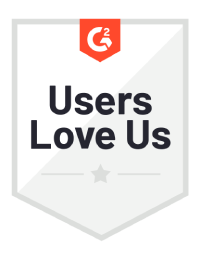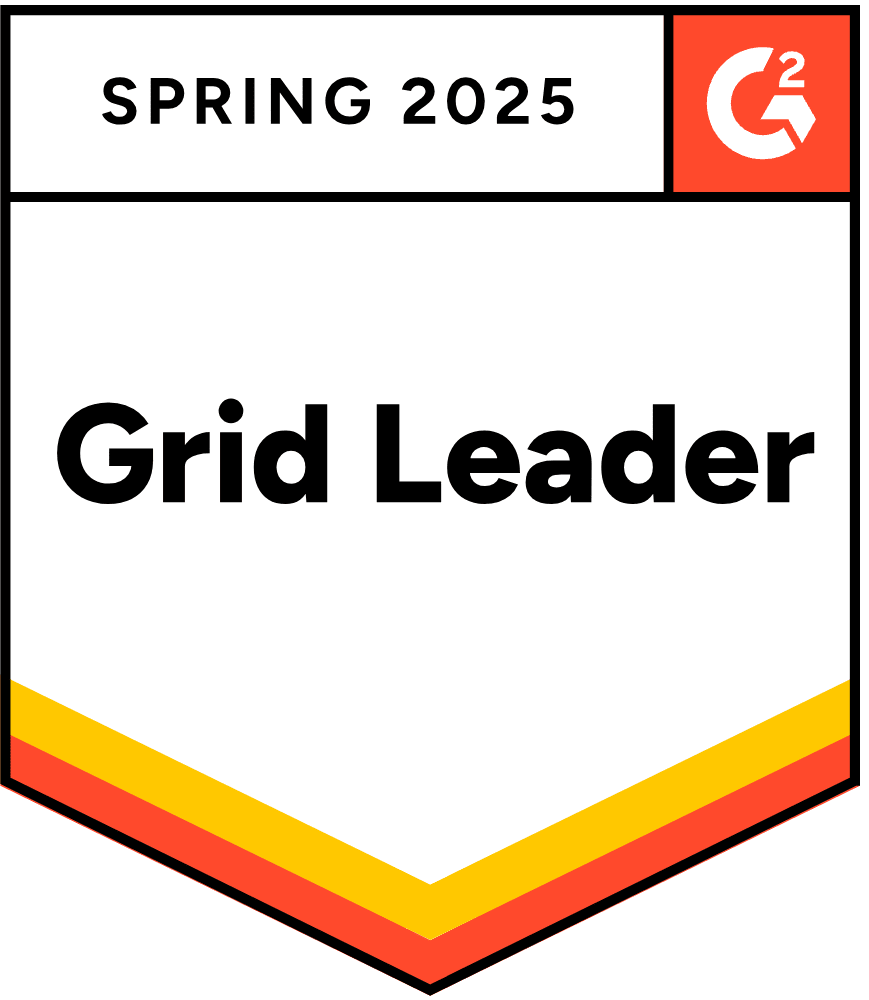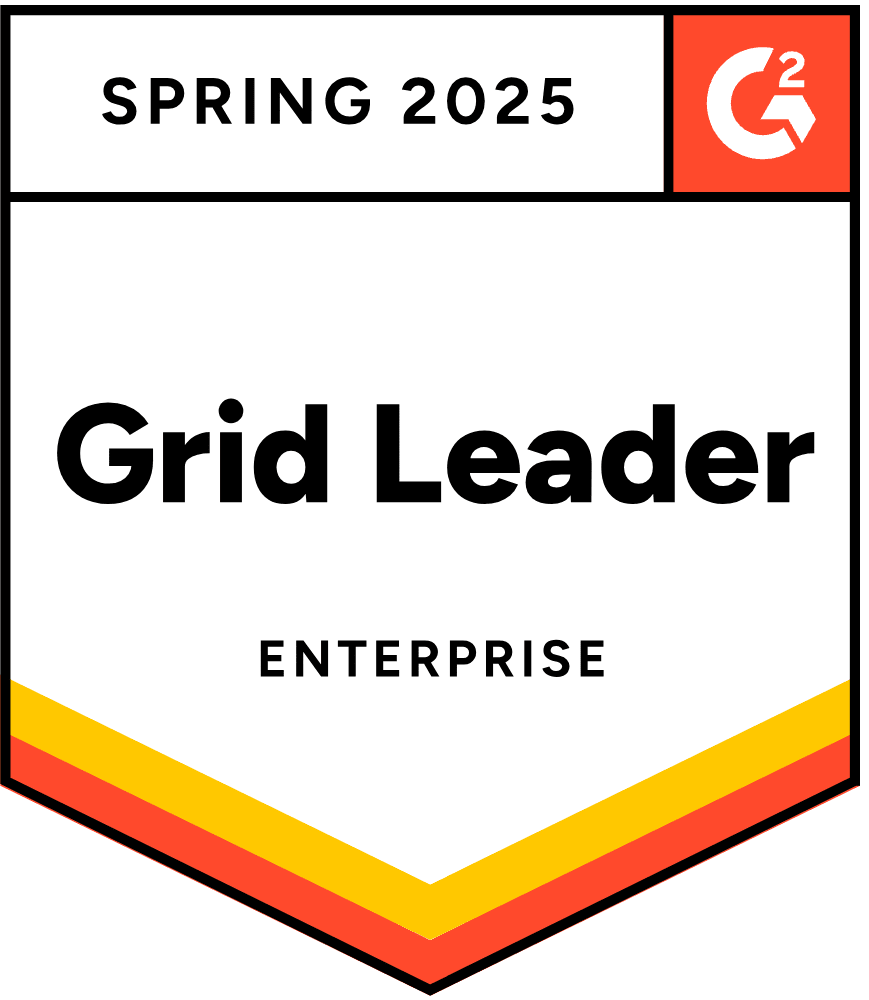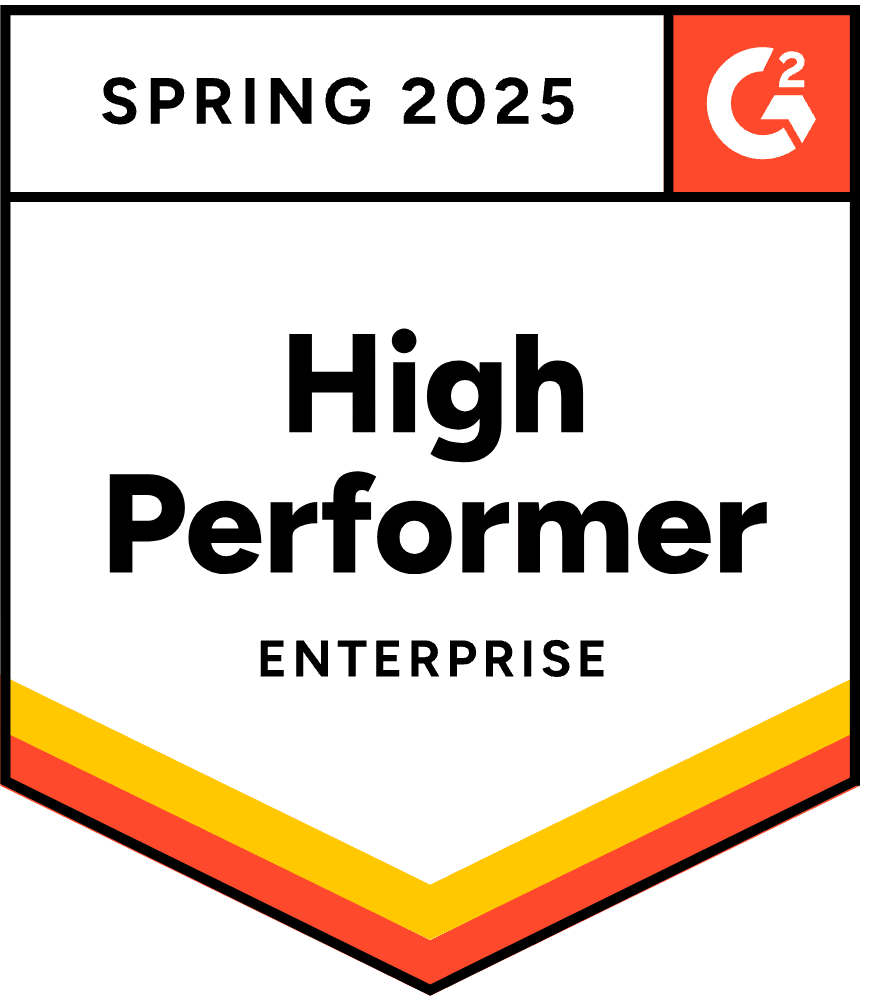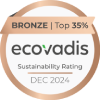Let’s face it: recruiters are drowning. Candidates are frustrated. Hiring managers are impatient. And somehow, AI is caught in the middle like the scapegoat everyone loves to hate or praise, depending on the day.
From my vantage point, after 20 years in recruiting, half on the corporate side and half in HR tech – it’s clear that while AI has made it easier than ever for candidates to apply with just a few keystrokes, we’re now buried under an avalanche of low-intent, low-quality resumes – a volume that’s becoming increasingly unmanageable.
If you’re a recruiter, you probably feel like you’re the canary in the coal mine, chirping away: first to face layoffs when the economy slows, first to be overwhelmed by mountains of irrelevant applications, and last to get the credit when something goes right. Let’s talk about how to bring balance back into the hiring equation — and yes, AI has a starring role to play, but not in the way you might think.
The “Lazy Apply” Avalanche
The root cause of our current predicament is simple: applying to jobs has never been easier. What started as a way to ease the pain of lengthy application forms, Easy Apply has morphed into a new generation of auto-apply. These high-octane AI-powered tools have created “lazy apply,” the ability to blast your resume to hundreds of jobs with minimal effort. Application volume increased by 48% year-over-year recently, while the quality of these applications decreased simultaneously.
Mass application tools allow candidates to submit their credentials to dozens of positions in minutes, regardless of whether they’ve read the job description or meet the qualifications. It’s not that these tools are inherently bad; they’ve certainly democratized access to opportunities. But something is fundamentally broken when your ATS is flooded with 500 applications for a single role and only 20 of them are remotely qualified.
As a former recruiter, I remember the days when I could read each resume that came across my desk. Now, with the sheer volume, it’s simply impossible. Recruiters are becoming the first line of defense against this deluge, but they’re not equipped for the task.
What we need is a next-gen approach that focuses on finding the right opportunities, assisting applications where there is a great match, over the high volume we see now.
The Reality for Today’s Recruiters
Recruiters are genuinely struggling. Sixty-four percent of talent acquisition professionals report increased workloads, with application volume being the primary driver. The same report shows that 53% of recruiters experienced burnout in the past year, a staggering statistic that should alarm every hiring manager and executive.
With fewer recruiters on staff after recent layoffs and hiring freezes, each professional manages more requisitions than ever before. When facing hundreds of applications per role, the math simply doesn’t work. You can’t give each candidate the attention they deserve while still meeting your hiring targets.
This is where AI enters the picture, sometimes as a hero, sometimes as a villain. AI-powered screening tools can help triage applications, automatically surfacing candidates who meet basic qualifications. For instance, these tools can be calibrated to prioritize relevant experience and skills over keyword matching, which improves the quality of the candidate pool. Instead, these tools are often calibrated for quantity over quality, reinforcing the problem they’re meant to solve.
Metrics That Actually Matter
For too long, we’ve measured recruiting success by the wrong yardsticks. Time-to-fill, cost-per-click, and raw application numbers tell us very little about whether we’re actually hiring the right people.
Instead, here are the metrics I believe matter most:
Cost per qualified applicant (CPQA). This measures how much you spend attracting candidates who meet your basic qualifications. It’s a far more meaningful indicator than cost-per-application, which can be artificially lowered by attracting masses of unqualified people.
Organizations that focus on CPQA rather than raw application volume see a 32% improvement in hiring manager satisfaction and a 24% reduction in early turnover.
Job fit score. AI has evolved far beyond simple keyword matching. Modern systems can analyze multiple factors to predict which candidates are likely to succeed in a specific role.
Companies using AI-powered job fit assessments see a 26% improvement in quality of hire and 18% faster time-to-productivity for new hires. It’s important here to check on locally applicable legislation. How and when AI may be used in this process varies by state and country.
But, critically, these systems must be trained on your organization’s specific data, not generic algorithms. They need to learn from your successful hires and understand what traits and experiences correlate with success in your unique environment. In other words, you have to help them understand what quality means to you. This customization can significantly improve the accuracy of job fit predictions and reduce the volume of unqualified applications.
The Volume-Quality Gap
Let’s put some more numbers to what recruiters are experiencing. The average number of applications per hire has increased by 46% in just two years. Meanwhile, the percentage of applicants who advance to the interview stage has dropped to just 2%.
This widening gap between quantity and quality is exhausting for recruiters and frustrating for qualified candidates who get lost in the shuffle. It’s also expensive. Gartner estimates that each minute a recruiter spends reviewing an unqualified resume costs organizations approximately $7.50 in lost productivity.
At Resume Wallet, we’ve seen firsthand how this plays out. We’ve seen clients analyze their application data and often find that 70-80% of applicants don’t meet the basic qualifications listed in the job description, prior to working with us. These aren’t edge cases; they’re people who simply don’t have the required skills, experience, or credentials.
The Ghosting Epidemic
Perhaps the most troubling consequence of this broken system is the breakdown in communication between employers and candidates. When overwhelmed, recruiters often resort to ghosting by simply not responding to candidates they cannot process.
Eighty-two percent of job seekers report being ghosted by employers during the hiring process. This creates a cascade of adverse effects: candidates develop negative perceptions of the company brand, avoid applying to future opportunities, and may even speak negatively about their experience to others.
However, ghosting goes both ways. HR Dive reports that 37% of employers have been ghosted by candidates who simply disappeared during the interview process or failed to show up on their first day. This mutual breakdown in communication reflects a fundamental loss of trust in the hiring process.
Looking at this loss of trust, it’s not surprising that we’ve ended up in a loop. If the job seeker is perceiving the employer as not valuing the application, why should the job seeker value doing it?
How to move forward? Balancing High-Tech and High-Touch
Suppose I had a magic wand to fix recruiting in 2025 (after fixing my receding hairline, of course). In that case, I’d focus on creating a system that prioritizes quality over quantity at every step. Here is what that looks like:
- Verified candidates: Implement credential, proof of life, or location verification up front, so recruiters know they’re dealing with legitimate, qualified candidates from the start.
- Relationship-building: Free recruiters from administrative tasks to focus on what they do best, building relationships with candidates and hiring managers.
- Smarter AI: Use AI to identify patterns in your successful hires, then apply those insights to your screening process. According to PwC’s Workforce of the Future research, AI-powered recruiting technology can reduce time-to-hire by up to 70% when properly implemented.
- High-intent applications: Create application processes that encourage genuine interest and discourage mass applications. This might mean adding targeted questions or requiring moderate effort to apply, not to create barriers, but to ensure candidates are truly engaged.
The key is to slow down to speed up. By focusing on quality over quantity, we can create a more efficient, effective, and humane hiring process.
A Better Way Forward
The current system is broken, but it’s not beyond repair. By rethinking our metrics, leveraging AI appropriately, and refocusing on human connections, we can transform recruiting from chaos to clarity.
AI isn’t going away, it’s here to stay. The question is how we shape it to serve the real needs of recruiters, companies, and job seekers. We’ll all benefit from a more efficient, effective, and humane hiring process if we can harness its power to reduce noise rather than create it.
About the Author: Serge Boudreau is the Chief Revenue Officer at Resume Wallet, with two decades of experience in Talent Acquisition leadership and HR tech. Serge also hosts The Quality Conversation podcast and appears as “the HR weatherman” on the HR Morning Show. He’s trying to fix the high-volume, low-quality conundrum plaguing modern recruiting.

